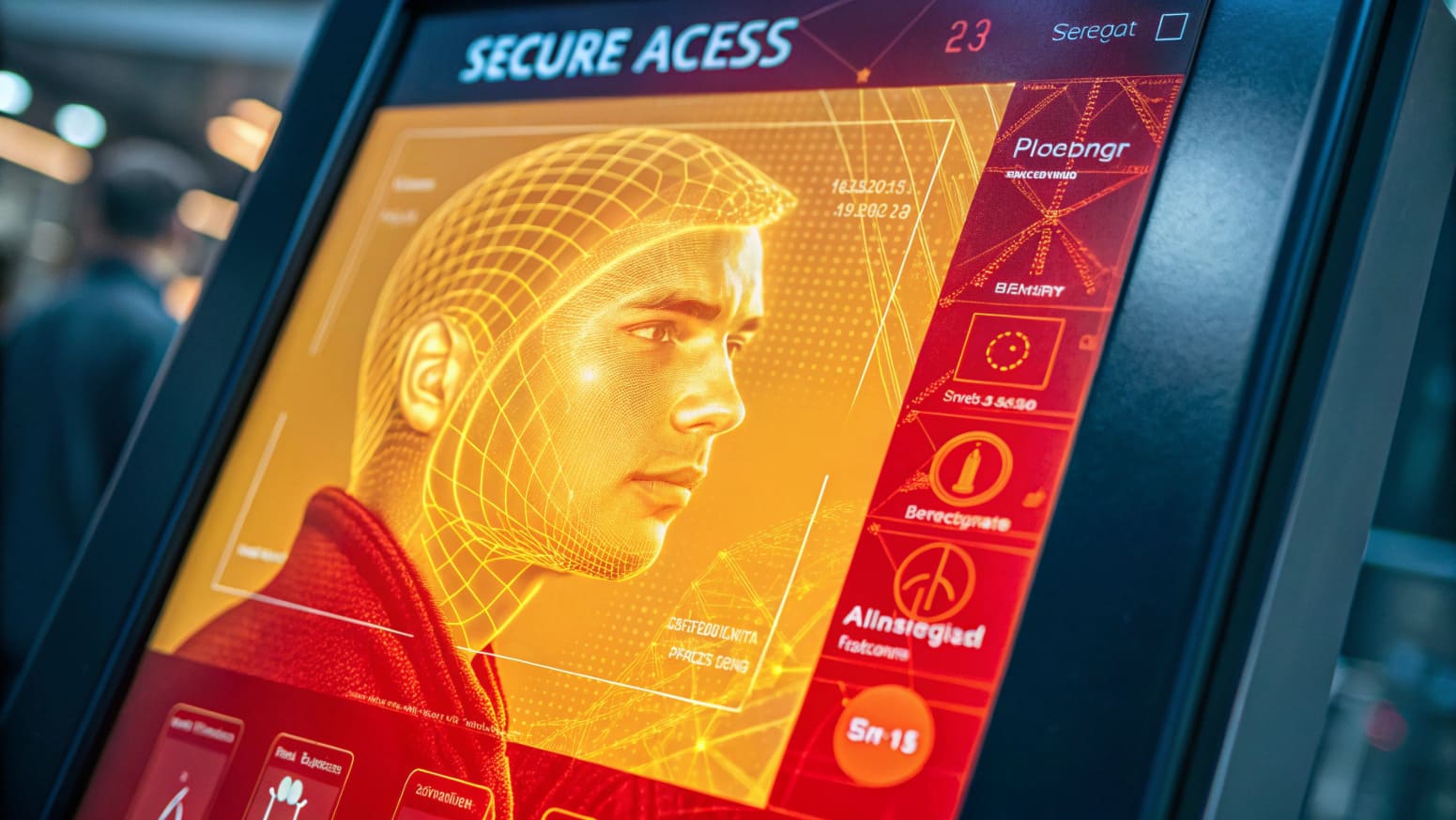- Facility management
Digital Twin Implementation for Smart Facility Management
Before implementation, the facility management team faced:
- Disconnected systems for HVAC, lighting, access control, and maintenance.
- Reactive maintenance, often addressing issues only after equipment failures.
- Limited insight into real-time energy usage and space occupancy.
- Inefficient emergency response, due to lack of real-time visibility into building conditions.
- Pressure to meet ESG goals and reduce operational carbon footprint.
-
ProblemA major commercial complex with over 100,000 m² of office, retail, and public space successfully implemented a Digital Twin solution to modernize its facility management. The project aimed to streamline operations, reduce costs, and improve sustainability while delivering a better experience for tenants and visitors.
-
Technology UsedDigital Twin Engine, IoT, web apps, forecasting module
Problem Solving
The facility integrated a Digital Twin platform that connected real-time data from IoT sensors, BMS systems, and building schematics into a centralized, interactive 3D model of the entire complex.
Key Functionalities Implemented:
- Live equipment monitoring: Real-time data feeds for elevators, HVAC, lighting, and fire systems.
- Predictive maintenance: AI algorithms flag components nearing failure, enabling preemptive servicing.
- Occupancy heatmaps: Sensors track foot traffic and room usage for optimizing cleaning and space allocation.
- Emergency simulation & navigation: The digital twin supports visual evacuation planning and real-time response coordination.
- Sustainability dashboard: Tracks energy consumption, CO₂ emissions, and resource usage across all zones.
The Results:
- 30% reduction in equipment downtime due to predictive maintenance and faster diagnostics.
- 25% improvement in space utilization through data-driven reallocation and scheduling.
- 20% energy savings, achieved by automating HVAC and lighting based on real occupancy.
- Faster emergency response with centralized visibility and live system alerts.
- Improved ESG reporting, backed by real-time sustainability data and historical trends.

